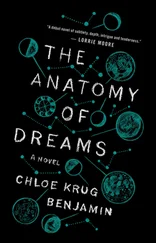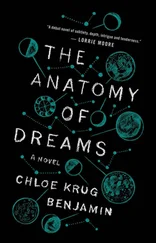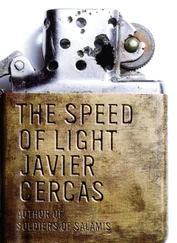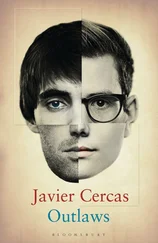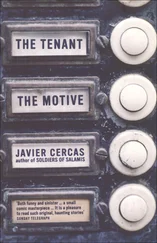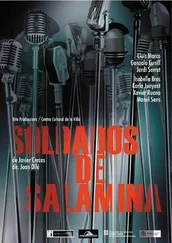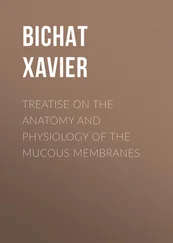From the summer of 1980 the country is in an ever deepening crisis. Many share the Paris Match correspondent’s diagnosis: the economy is in bad shape, the decentralization of the state is dismasting the state and exasperating the Army, Suárez is proving incapable of governing while his party is disintegrating and the opposition is hard at work trying to bury him once and for all, the inaugural charm of democracy seems to have vanished in a few years and on the streets one senses a mixture of insecurity, pessimism and fear;* furthermore, there is terrorism, especially ETA terrorism, which is reaching unprecedented levels while venting its anger on the Civil Guard and the rest of the Armed Forces. The outlook is alarming, and talk begins to circulate of finding emergency solutions: not only from the eternal advocators of a military coup — unrepentant Francoists stripped of their privileges who fan the flames with daily patriotic harangues in the barracks — but also people of long-standing democratic affiliation, like Josep Tarradellas, an old Republican politician and former premier of the autonomous Catalan government who since the summer of 1979 had been asking for ‘a touch on the rudder’ to get the misdirected democracy back on course and who in July 1980 demanded ‘a surgical coup to straighten the country out’. Touch on the rudder, surgical coup, change of course: this is the fearful terminology that impregnated conversations from the summer of 1980 in the hallways of the Cortes, dinners, lunches and political discussions and newspaper and magazine articles in the political village of Madrid. Such expressions are simple euphemisms, or rather empty concepts, which everyone fills in according to their own interests, and which, aside from the resonances of coups they evoke, have only one point in common: for the Francoists as much as for the democrats, for Blas Piñar’s or Girón de Velasco’s ultraright-wingers as much as for Felipe González’s Socialists and many of Santiago Carrillo’s Communists and many of Suárez’s own centrists, the only one to blame for that crisis is Adolfo Suárez, and the first condition for ending the crisis is to get him out of government. It is a legitimate and sensible wish, because for a long time before the summer Suárez has been an ineffective politician; but politics is also a matter of form — especially the politics of a democracy with many enemies inside and outside the Army, a recently unveiled democracy, the rules of which are still being rolled out and no one has yet mastered, and whose seams are still extremely fragile — and here the problem is not one of content, but of form: the problem was not getting rid of Suárez, but how to get rid of Suárez. The answer the Spanish ruling class should have given to this question is the only answer possible in a democracy as frail as that of 1981: through elections; this was not the answer the Spanish ruling class gave to the question and the answer was practically unvarying: at any price. It was a savage answer, to a great extent the result of arrogance, avarice for power and the immaturity of a ruling class that would rather run the risk of creating conditions favourable to the conduct of the saboteurs of democracy than continue tolerating the presence of the intolerable Adolfo Suárez in the government. There is no other way to explain that from the summer of 1980 onward politicians, businessmen, labour and Church leaders and journalists were deliriously exaggerating the gravity of the situation to be able to play daily with constitutionally questionable solutions that made the already stumbling government of the country stumble, inventing unparliamentary short cuts, threatening to jam the new institutional gears and creating a chaos that constituted the ideal fuel for a possible coup. In the great sewer of Madrid, which is how Suárez referred to the political village of Madrid during that time, those solutions — those surgical coups or touches on the rudder, those changes of course — were no secret to anyone, and rare was the day when the press made no mention of one of them, almost always to encourage it: one day they spoke of a caretaker government led by Alfonso Osorio — right-wing deputy and Deputy Prime Minister of Suárez’s first government — and the next day they talked about an interim government led by José María de Areilza — also a right-winger and Minister of Foreign Affairs in the King’s first government — one day they were talking about Operación Quirinal , bound to make Landelino Lavilla — Speaker of the Cortes and leader of the Christian Democrat sector of Suárez’s party — Prime Minister of a coalition government and the next day they were talking about Operation de Gaulle, to make a prestigious military officer leader of a government of national unity, Álvaro Lacalle Leloup or Jesús González del Yerro or Alfonso Armada, the King’s former secretary and eventual leader of the 23 February coup attempt; barely a week went by without voices that disagreed over just about everything coming together to agree on their demand for a strong government, which was interpreted by many as a demand for a government led by a military man or involving military officers, a government that would protect the Crown from the turbulence, that would correct the chaos of improvisation with which they had made the change from dictatorship to democracy and would put a stop to what some called its excesses, check the spread of terrorism, resuscitate the economy, rationalize the regional autonomy process and make the country calm again. It was a daily jumble of proposals, gossip and secret meetings, and on 2 December 1980 Joaquín Aguirre Bellver, parliamentary reporter for the far-right paper El Alcázar , described the political atmosphere in the Cortes: ‘A Turkish-style coup, interim government, coalition government. . A horse race à la General Pavía [. .] At this stage anybody who doesn’t have his own formula for the coup is a nobody. Meanwhile, Suárez walks the corridors alone, and no one pays him any attention.’ Working things to the advantage of a coup, Aguirre Bellver conscientiously blends military coups in his list — the one led by General Evren a short time ago in Turkey or the one led by General Pavía in Spain a little more than a century before — with theoretically constitutional political operations. It was a deceitful, lethal blend; out of this blend arose 23 February: the political operations were the placenta that nourished the coup, supplying arguments and alibis; to openly discuss the possibility of offering the government to a military man or of asking the military for help in order to escape from the mess, the ruling class half opened the door of politics to an army clamouring to intervene in politics to destroy democracy, and on 23 February the Army burst through that door en masse. As for Suárez, the description Aguirre Bellver gives of him in the winter of the coup is very exact, and inevitably makes one think that the image of his solitary figure in the corridors of the Cortes prefigures his solitary image in the chamber during the evening of 23 February: it is the image of a lost man and a written-off politician who in the months before the coup feels that the entire political class, the entire ruling class of the country, is plotting against him. He is not the only one to feel this way: ‘we’re all plotting’ is the headline of an article published at the beginning of December in the newspaper ABC by Pilar Urbano in which she refers to the machinations against Suárez by a group of journalists, businessmen, diplomats and politicians of various parties dining together in the capital. He is not the only one to feel this: in the great sewer of Madrid, in the political village, many feel that the whole of reality is plotting against Adolfo Suárez, and during the autumn and winter of 1980 there is barely a single member of the ruling class who consciously or unconsciously does not add his grain of sand to the great mountain of the conspiracy. Or what Suárez feels as a conspiracy.
Читать дальше

